Blower Door Test
dekeoboe
11 years ago
Related Stories
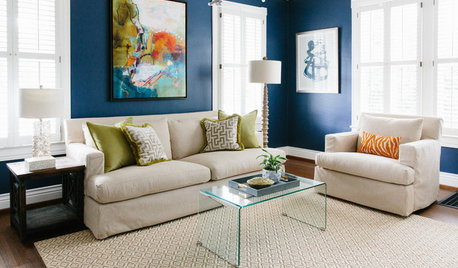
MOST POPULARThe Right Way to Test Paint Colors
Here are 5 key steps to take to ensure you're happy with your wall paint color
Full Story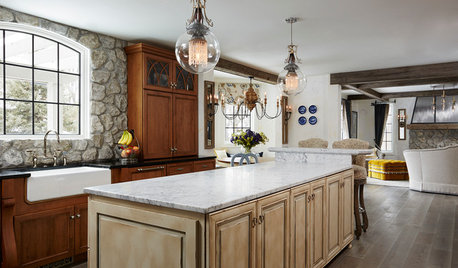
KITCHEN OF THE WEEKKitchen of the Week: Designed to Stand the Test of Time
Ageless beauty abounds in this elegant European-inspired kitchen in Minnesota
Full Story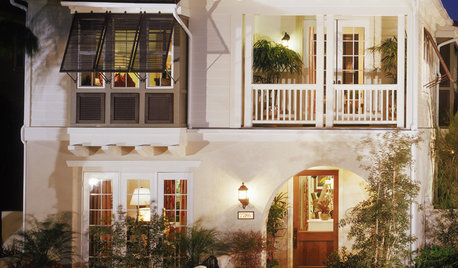
ARCHITECTURETime-Tested, Low-Tech Ways to Cool a Home
People have been beating the heat around the world for centuries without plugging anything in. Could these ideas work for your home today?
Full Story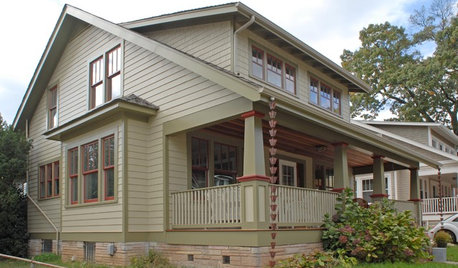
Kit Houses Stand the Test of Time
See how these mass-produced catalog houses have made their way into the modern day
Full Story
See How TVs Are Passing the Designer Test
Better-looking televisions and electronics come out of the armoire, into the room's design
Full Story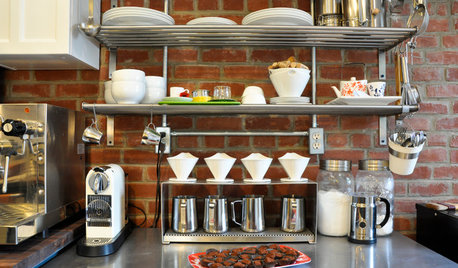
KITCHEN DESIGNSweet Ideas and a Truffle Recipe from a Chocolatier's Test Kitchen
A $2,100 budget didn't mean a half-baked kitchen redo; this confectioner just rolled up her sleeves and rolled out the improvements
Full Story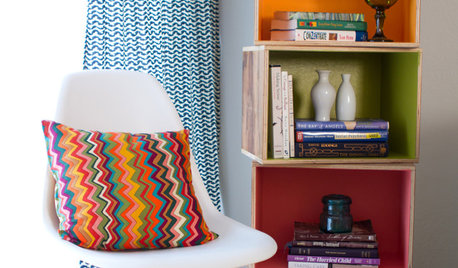
DECORATING GUIDESTest-Drive a Touch of Neon
It's electric! Learn how to embrace this season's sizzling colors without overcommitting
Full Story
HOME OFFICESQuiet, Please! How to Cut Noise Pollution at Home
Leaf blowers, trucks or noisy neighbors driving you berserk? These sound-reduction strategies can help you hush things up
Full Story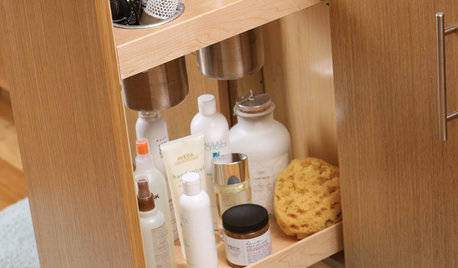
BATHROOM DESIGNPut the Kibosh on Hair Dryer Chaos
Fed up with knocked-over blowers and tangled cords? Try these tactics for keeping hair dryers and other styling tools under control
Full Story
HEALTHY HOMEGet Cleaner Indoor Air Without Opening a Window
Mechanical ventilation can actually be better for your home than the natural kind. Find out the whys and hows here
Full StoryMore Discussions






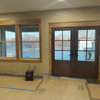


phoggie
david_cary
Related Professionals
Providence Architects & Building Designers · Taylors Architects & Building Designers · Terryville Home Builders · The Colony Home Builders · West Pensacola Home Builders · Bowling Green General Contractors · Deer Park General Contractors · Del Aire General Contractors · Great Falls General Contractors · Lake Forest Park General Contractors · Mount Prospect General Contractors · Point Pleasant General Contractors · Rolla General Contractors · Waipahu General Contractors · Woodland General Contractorssajakh
Epiarch Designs
david_cary
dekeoboeOriginal Author
Epiarch Designs
david_cary
Epiarch Designs
dekeoboeOriginal Author